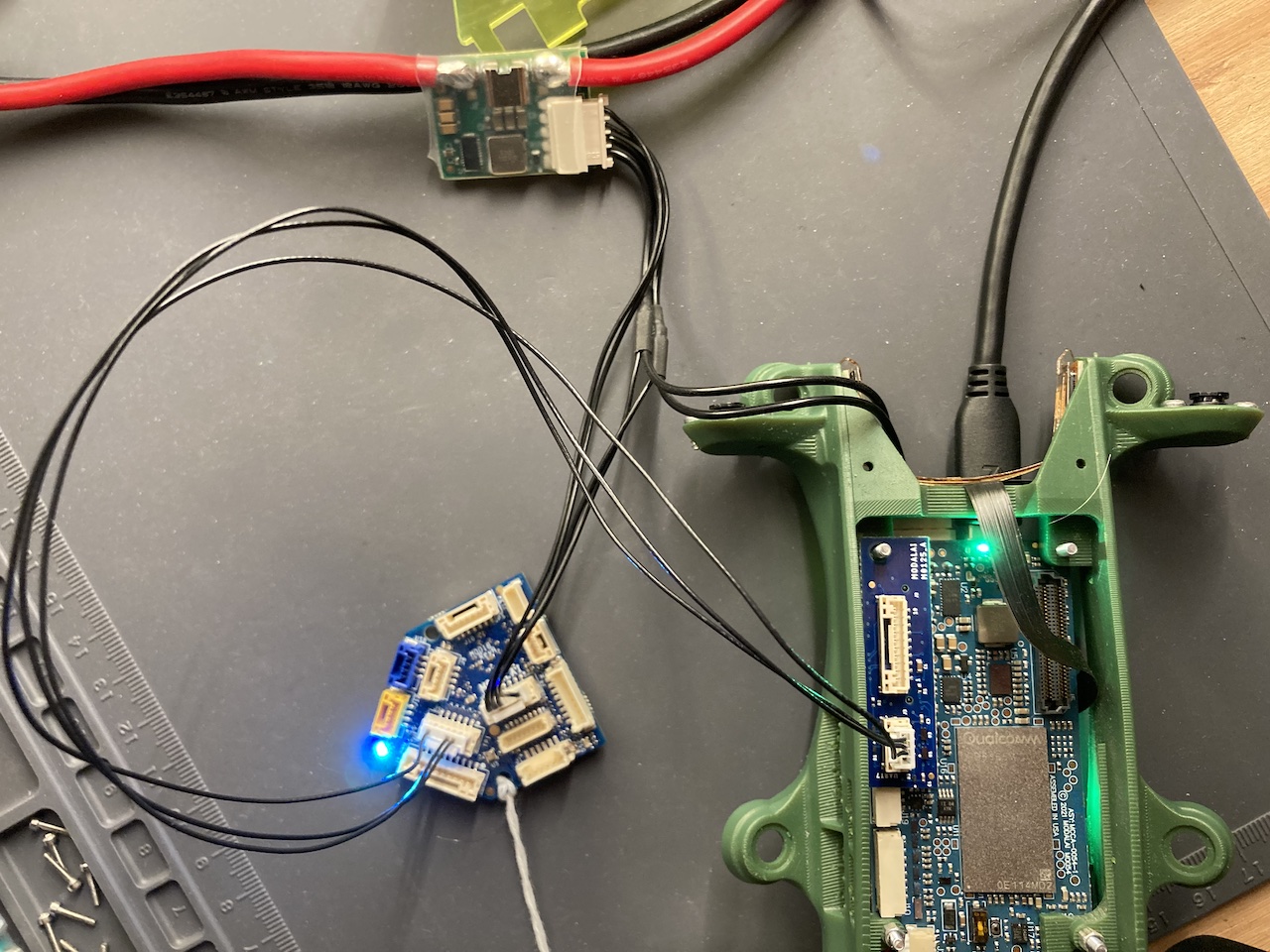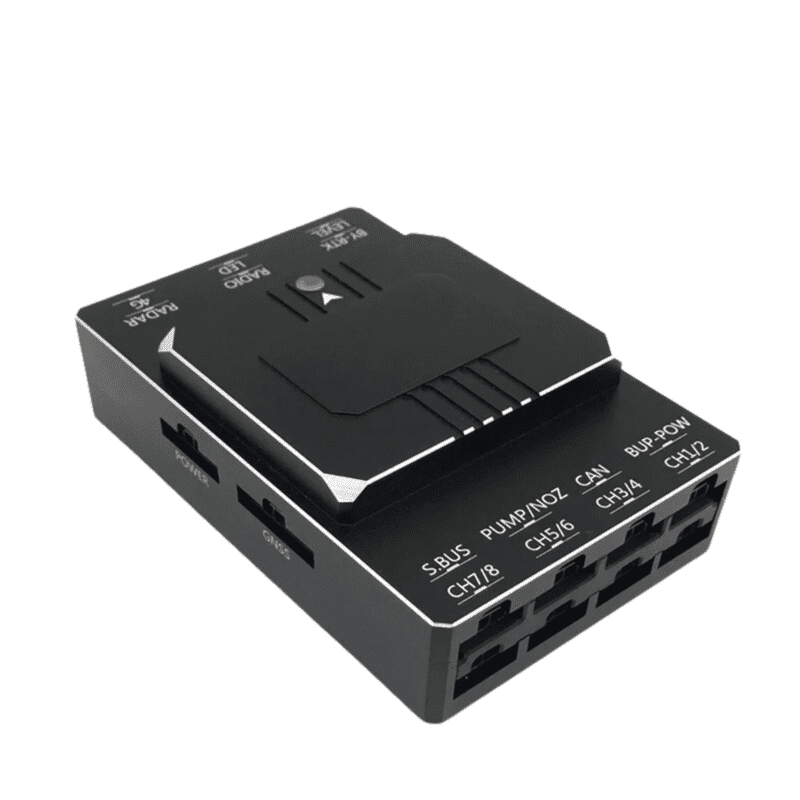A Comprehensive Overview to Picking the Right Drone Trip Controller for Your Unmanned Aerial Automobile Requirements
Choosing a proper flight controller for your unmanned airborne automobile is a critical choice that can significantly impact its operational capacities and general performance. Different aspects, including the kind of UAV you are using and your desired application, have to be thoroughly examined. Secret features such as processing power, sensing unit compatibility, and telemetry choices play a necessary duty in guaranteeing reliable combination. As the landscape of offered alternatives expands, comprehending these components comes to be significantly vital for accomplishing your UAV purposes. The inquiry stays: what requirements should lead your choice procedure to ensure optimum efficiency?
Comprehending Flight Controller Types
When delving into the world of drone modern technology, comprehending the different kinds of flight controllers is vital for selecting the best one for your needs. Flight controllers serve as the brain of the drone, handling its flight characteristics and stabilizing the airplane throughout procedure.

On the other hand, fixed-wing flight controllers are customized for drones with typical wing structures, resembling planes - SparkNavi drone flight controller and GNSS/INS made in taiwan. These controllers concentrate on enhancing long-duration flight and gas efficiency, as they permit moving and call for much less power contrasted to multi-rotor systems
In addition, there are hybrid controllers that integrate features of both kinds, satisfying functional applications. Selecting the proper flight controller entails examining your drone's style, planned usage, and called for performance, developing a foundational understanding that is vital for effective drone operation.
Key Features to Think About
Reviewing the essential features of a trip controller is essential for making certain optimum performance and compatibility with your drone's design and desired applications. Among the leading facets to think about is the controller's processing power. A greater processing rate enables quicker response times and better handling of intricate maneuvers, specifically in high-stress atmospheres.
An additional significant function is the number of supported peripherals and sensors. Advanced flight controllers commonly sustain a number of sensors, such as GPS, accelerometers, and gyroscopes, enhancing flight security and precision. The availability of telemetry support is vital for real-time information transmission back to the operator, which helps in keeping track of drone performance.

Last but not least, the dimension and weight of the flight controller should align with your drone's requirements, making certain that it does not endanger trip performance. By thoroughly examining these essential attributes, you can choose a trip controller that meets your UAV's functional needs and boosts its abilities.
Compatibility With Your UAV
Ensuring compatibility between your flight controller and UAV is crucial for attaining seamless procedure and ideal performance (SparkNavi drone flight controller and GNSS/INS made in taiwan). The integration of these 2 elements can considerably influence flight security, control responsiveness, and total capability. When choosing a trip controller, it is critical to validate that it supports the certain arrangement and requirements of your UAV, including its size, weight, and desired applications
Start by evaluating the communication methods made use of by both the trip controller and your UAV. Common procedures consist of PWM, PPM, and S.Bus, which help with the transmission of signals in between parts. Furthermore, Full Article take into consideration the power needs of the trip controller and make sure that your UAV's power distribution system can appropriately provide the essential voltage and present.
An additional vital factor is the physical measurements and placing options. The trip controller must fit firmly within your UAV's structure, allowing for effective air flow and security from exterior elements. Assess the compatibility with various other onboard systems such as General practitioner, telemetry, and cameras, as these combinations can enhance the capacities of your UAV and add to an extra advanced flying experience.
Popular Trip Controller Brands

One of one of the most identified brand names is DJI, recognized for its straightforward user interfaces and progressed stablizing innovation. DJI trip controllers are often favored for industrial applications as a result of their reliability and considerable assistance environment. Another significant player is Pixhawk, an open-source platform that permits considerable modification and adaptability, making it popular among enthusiasts and scientists.
Kiss and Betaflight have obtained grip within the auto racing drone neighborhood for their lightweight, high-performance controllers that prioritize rate and responsiveness. On the other hand, Vector and APM supply robust solutions that accommodate both recreation and expert UAV requirements, flaunting innovative attributes like independent trip abilities.
Lastly, the surge of brand names like Holybro and Matek has introduced cutting-edge, budget-friendly choices that do not jeopardize efficiency. Each brand name offers unique advantages, making it important for individuals to examine their particular requirements and select a flight controller that straightens with their functional goals.
Tips for Installation and Arrangement
Picking the appropriate trip controller is just the beginning; proper setup and arrangement are vital to taking full advantage of efficiency and guaranteeing the drone operates as planned. Begin by thoroughly reviewing the manufacturer's instructions, as each flight controller might have specific demands. Guarantee that all components work, including the motors, ESCs, and batteries, to avoid performance problems.
.png)
When installing the flight controller, safeguard it securely to the drone framework, ideally in a vibration-dampened manner to reduce sound interference - SparkNavi drone flight controller and GNSS/INS made next page in taiwan. Setting the controller in a manner that enables optimum general practitioners function, commonly with a clear sight of the skies. Attach all essential wiring systematically, focusing on color codes and pin layouts to stop misconfiguration
Use the supplier's software devices to calibrate the controller, guaranteeing that all sensing units, consisting of accelerometers and gyroscopes, are correctly set up. It is recommended to perform a pre-flight check to validate settings and perform test trips in a safe, open location.
Final Thought
Finally, choosing the ideal drone trip controller is essential for optimizing the performance and capability of unmanned airborne lorries. By comprehending trip controller kinds, evaluating trick functions, and making sure compatibility with specific UAV configurations, customers can make informed choices. Moreover, experience with popular brand names and adherence to installation guidelines will certainly promote seamless assimilation and trusted operation. Mindful consideration of these aspects eventually improves the total performance of UAV applications throughout different learn the facts here now industries.
There are mainly two classifications of trip controllers: multi-rotor and fixed-wing controllers.Examining the crucial features of a flight controller is essential for making certain ideal efficiency and compatibility with your drone's style and designated applications. Advanced flight controllers frequently sustain numerous sensors, such as General practitioner, accelerometers, and gyroscopes, improving flight stability and precision.Selecting the best trip controller is just the start; proper installation and setup are crucial to making best use of efficiency and making sure the drone operates as meant.In conclusion, selecting the proper drone flight controller is crucial for taking full advantage of the performance and functionality of unmanned airborne cars.